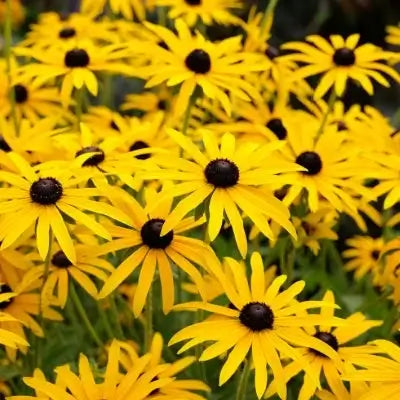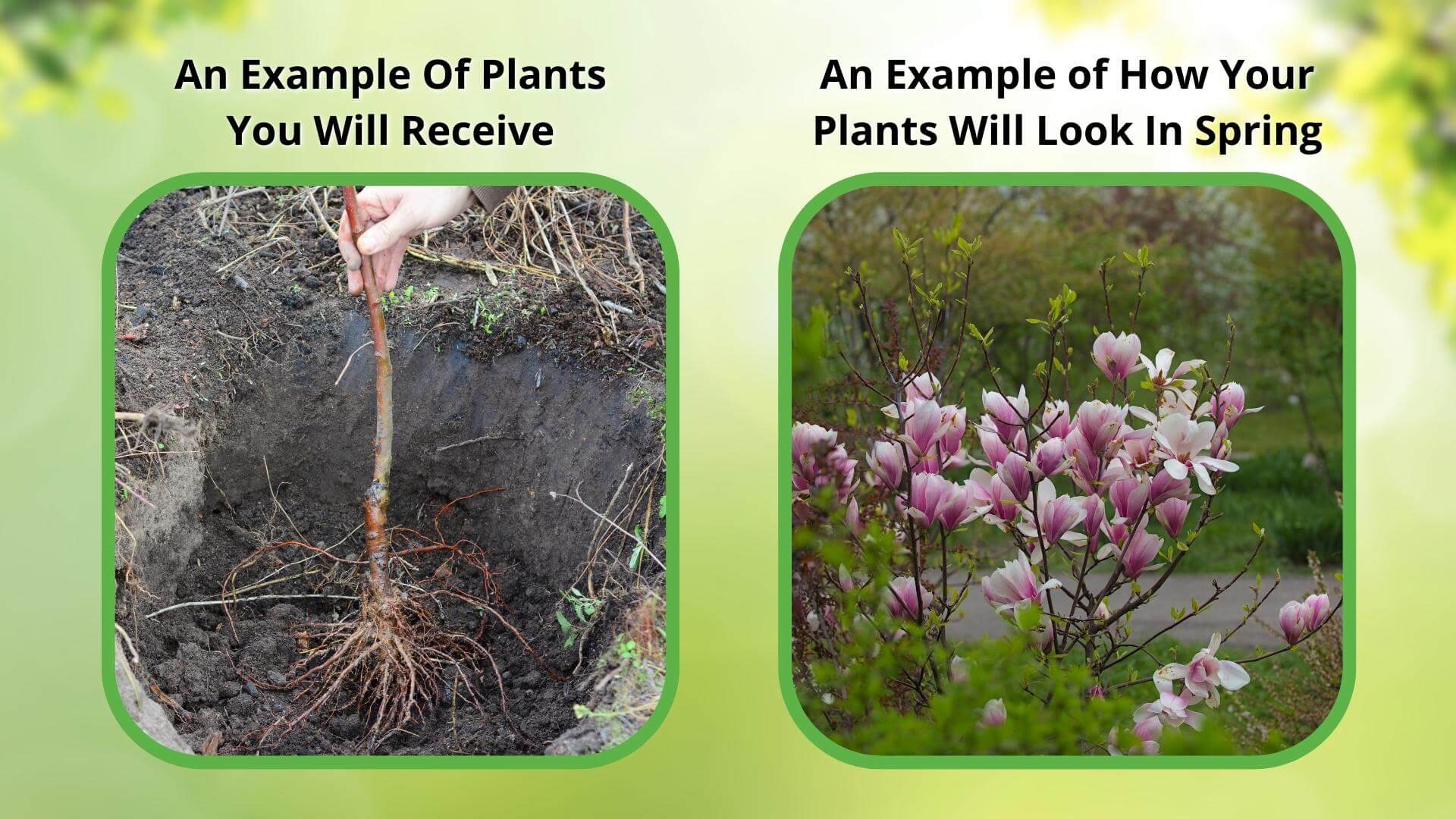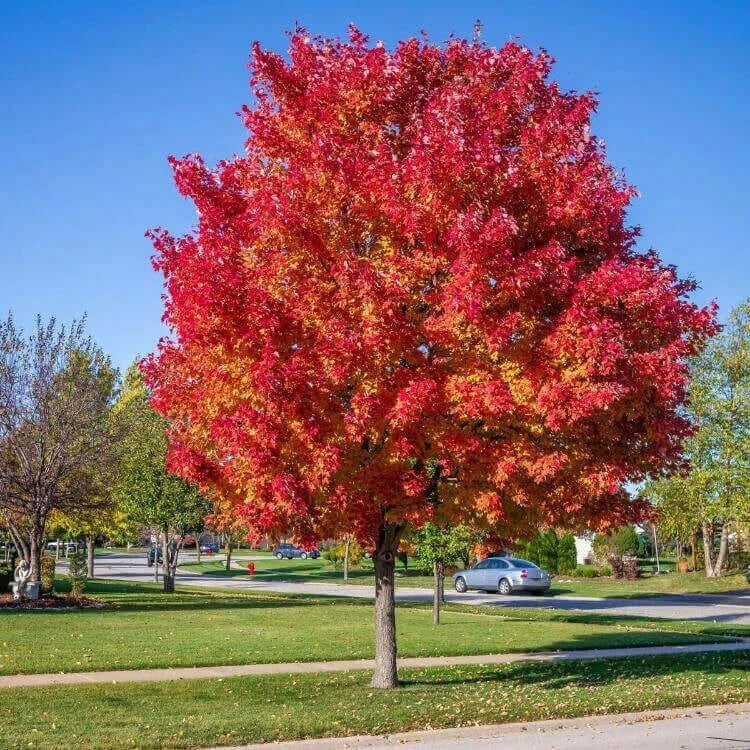Black Willow-Salix Nigra
Black Willow not only stands tall in our landscapes, but it also plays a crucial role in helping our environment thrive. With its graceful form and impressive growth rate, it brings both beauty and practicality to any setting. It's a green partner in our quest for sustainability, working to prevent soil erosion while offering a cozy home for various wildlife. In this writing, we will examine the numerous benefits and uses of the tree, from its ecological importance to its other properties. So, let's dive in and discover why this incredible tree deserves a special place in your heart and garden!
It is a fast-growing tree commonly found in wetland areas across North America, known for its vast root system that helps stop soil corrosion and provides habitat for various wildlife. It can reach heights of 10 to 60 feet, features narrow, tapering leaves up to 5 inches long, and is valued for its lightweight wood used in furniture and various applications and its ecological benefits.
Essential Black Willow Characteristics
It is not just any tree; it possesses an intriguing array of features that make it remarkable. Every aspect is critical in its adaptability and utility, from its impressive height to its distinctive structure.
Generally, you can expect this tree to reach heights between 10 and 60 feet, but if you're lucky enough to come across one in the lower Mississippi Valley, you might be awed by specimens towering up to 140 feet. Imagine standing beneath such a giant, its broad crown providing ample shade on a hot summer day!
Its branching structure is another captivating trait. Unlike many trees that grow with a single trunk, the tree typically boasts multiple trunks sprouting from one central root. This unique growth pattern adds visual interest and provides stability in wet conditions, where the roots anchor into soggy soil, preventing erosion- a critical service given the habitats it often occupies.
When you see one, you can't help but admire those playful angles at which its trunks reach for the sky.
One might say that each slender leaf tells a story. The tree leaves are long and tapering, measuring up to 5 inches in length. Their vibrant green color is a delight in spring, offering a lively contrast against the bright yellow-green twigs that bear inconspicuous flowers from March to June. Although these flowers may not be bold or eye-catching, they play their part in attracting wildlife and contributing to the ecosystem around them.
| Trait |
Description |
| Height |
10-60 ft; can reach up to 140 ft |
| Leaf Length |
Up to 5 inches |
| Branching |
Multiple trunks emerging at angles from one root |
| Twig Color |
Bright yellow-green |
| Flowering |
Inconspicuous flowers from March to June |
The combination of these features not only makes them identifiable but also equips it to thrive in a variety of environments, which brings us closer to understanding where this remarkable tree flourishes best.
Ideal Environments for Black Willow's Growth
It is a remarkable tree that flourishes in humid settings, making it a favorite for those wishing to enhance their landscapes with lush greenery. You will find these trees thriving along streambanks, within ditches, and in areas characterized by wet soil. They exhibit a unique ability to not just survive but thrive where many other plants would struggle. The key lies in their love for moisture; the wetter the environment, the more robust their growth.
If you're considering planting them, ensure you replicate its natural habitat. It grows best in regions across the United States, ranging from New Brunswick all the way down to Florida and stretching westward to Texas and California. Think of it as nature's water managers; they prefer moist locations where they can stretch their roots deep into rich, waterlogged soil. This ensures they have access to hydration while helping bind the soil together and prevent erosion-a win-win for both the tree and your property.
It's important to note that this species thrives particularly well when exposed to full sunlight-at least six hours per day is optimal for promoting healthy growth. However, they are also forgiving; they can tolerate some partial shade without losing their vitality. This adaptability makes them resilient and useful in various landscaping scenarios, whether you plant them in a sunny garden or a semi-shaded area.
Interestingly enough, while these trees can adapt to different soil types-including sandy, loamy, and clay soils-they truly flourish in rich organic matter with a pH level between 6.0 and 8.0. If you're aspiring to cultivate one of these versatile trees, consider testing your soil beforehand. Regular rainfall between 30 to 60 inches annually is ideal too; if you live in drier areas, consistent irrigation will be essential to mimic the natural conditions this tree enjoys. Such proactive measures will encourage healthy growth and create an appealing habitat for birds and butterflies.
By creating optimal conditions for your trees, you're cultivating ecosystems that support various wildlife while beautifying your landscape. Let's now explore how these trees grow and adapt over time.
Growth Patterns and Resilience
It stands out not just for its elegant form, but specifically for its exceptional growth patterns. It can grow at an astonishing rate of up to 3 to 10 feet per year under optimal conditions. This rapid growth allows the tree to quickly establish itself in various habitats, making it a vital player in ecosystem restoration projects. Imagine planting a tree today and seeing it flourish into a towering presence that offers beauty and stability within mere years.
One remarkable feature of the tree is its expansive rooting system, which is crucial for soil conservation. The roots spread deep into the earth, often extending farther than the tree's canopy, working tirelessly to bind soil particles together. This characteristic is particularly beneficial in wetlands and areas prone to flooding, where loose soil can wash away with heavy rains. I have seen such trees on stream banks hold ground steadfastly against the relentless pull of water. Moreover, these rooting structures create habitats for various wildlife, promoting biodiversity around them.
However, like many living beings, it faces challenges. It is vulnerable to wind damage and pest infestations; yet, despite these susceptibilities, its rapid growth allows it to bounce back more effectively than slower-growing trees. This resilience is vital in environments requiring quick responses to soil instability or ecological restoration after disturbances. Although strong winds may cause some branches to snap or allow pest populations to thrive temporarily, the overall vigor of the tree enables swift recovery.
As we shift our focus, the impressive attributes of this tree highlight its importance in preventing erosion and enhancing local ecosystems while providing numerous benefits for landscaping and supporting wildlife.
Benefits for Landscaping and Wildlife
When considering trees for your landscape, it stands out not just for its unique beauty but also for the many advantages it brings to your garden or natural area. This remarkable tree can reach over 100 feet in height and serves as a practical ally in enhancing your outdoor space.
Its expansive canopy provides ample shade, making it perfect for creating comfortable sitting areas underneath its branches during those hot summer days. Additionally, if you live in an area prone to strong winds, it acts as an excellent windbreak, protecting your home and garden from harsh gusts that might otherwise damage more delicate plants.
One of the most compelling features of the tree is its deep-rooted ability to stabilize soil, particularly in wetland areas. Its extensive fibrous root system effectively prevents erosion along riverbanks and shorelines.
Beyond its utility in landscaping, the tree is a critical resource for local wildlife. The tree's bark, tender twigs, and buds serve as food sources for various species, including deer, rabbits, and beavers. Imagine walking outside to see playful rabbits nibbling on twigs or deer grazing peacefully within view-this is what planting one can encourage in your yard.
Not only does it provide food, but its dense structure also offers shelter and nesting sites for birds. By integrating the tree into your landscape, you're not just adding beauty; you're encouraging a thriving ecosystem right in your backyard.
On top of that, its early spring flowers attract essential pollinators like bees, thereby enhancing biodiversity. If you're interested in supporting butterfly populations, consider that the leaves are a vital food source for caterpillars while serving as habitats for other valuable insects.
These multifaceted benefits illustrate why the it should be considered an integral component of any landscaping plan aimed at creating lush environments. It's not just about looks; it's about promoting and enriching life around us. With each tree planted, you're taking a step towards fostering balance between nature and our cultivated spaces, ensuring that wildlife has a supportive habitat while simultaneously beautifying your surroundings.
The integration of such a dynamic tree can pave the way for more diverse uses that appeal to both aesthetics and functionality in gardens and parks alike.
Ornamental Uses
The tree's unique branching structure showcases multiple trunks radiating from one root, creating an elegant and sculptural silhouette. Its bright yellow-green twigs contribute vibrant color throughout the growing season, making it a captivating addition to gardens and public spaces alike. When strategically planted along waterways or open fields, they provide beautiful backdrops while offering crucial habitat for local wildlife.
Another aspect worth noting are the various ways in which this tree can be utilized in commercial applications. Its lightweight yet strong wood has historically found uses in furniture making and millwork. This adaptability further enhances the appeal of them when considering options for both functional landscaping and decorative elements.
With its remarkable versatility and multifaceted benefits clearly established, we can now shift our focus toward understanding how to successfully grow and maintain this stunning tree within your own landscape.
Guide to Cultivating Black Willow
The journey of cultivating the tree begins with understanding its needs and selecting the right location. These trees thrive in conditions that other plants might shy away from-think wet, swampy areas filled with sunlight. Ideally, you want to plant them near water bodies such as rivers, ponds, or in floodplains where moisture levels are naturally high. By choosing such a site, you're setting the foundation for a healthy tree to flourish.
For propagation, the beauty of the tree lies in its ability to reproduce quickly and effectively. You can easily take stem cuttings from healthy, mature branches and place them directly into moist seedbeds. The magic often happens swiftly, as these cuttings show rapid root development; it's not uncommon to see roots forming within just a few weeks after planting. Fresh seeds also offer an exciting path to cultivation. When sown in damp soil during springtime, they encourage germination and ensure a new generation of them that can contribute to your garden's ecosystem.
While ensuring proper propagation and location is vital, nurturing these trees requires active care.
Regular watering cannot be underestimated, especially during the first stages after planting. This helps establish robust root systems critical for the tree's long-term survival and vitality. A general rule of thumb is to provide about 1 to 2 inches of water per week, particularly during dry spells when nature occasionally forgets to keep them hydrated.
As It grows stronger and taller-often achieving impressive heights between 10 to 60 ft-you may find occasional pruning necessary. This isn't just about aesthetics; pruning encourages a healthier growth habit and maintains the unique branching structure that sets this species apart. By removing any dead or crossing branches, you promote good air circulation within the canopy while fostering an appealing shape-a little upkeep helps ensure your willow thrives for decades.
Ultimately, following these guidelines will lead you not only to successfully grow a beautiful tree but also contribute positively to your environment.
By embarking on this Black Willow gardening adventure with intention and knowledge, you're playing an important role in preserving our planet's natural balance while enjoying the serene beauty these trees provide.

















